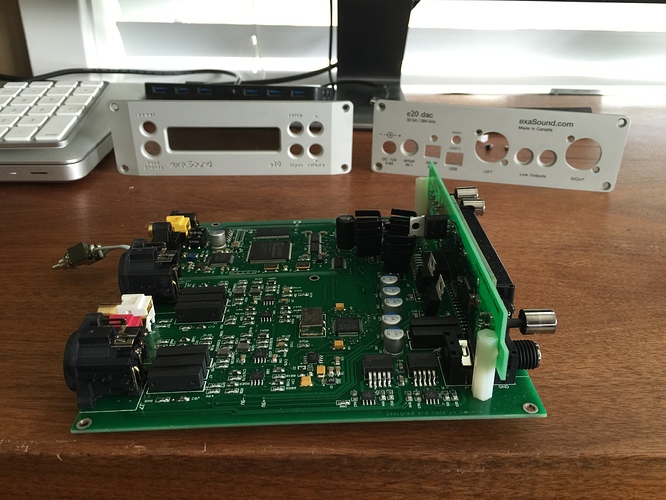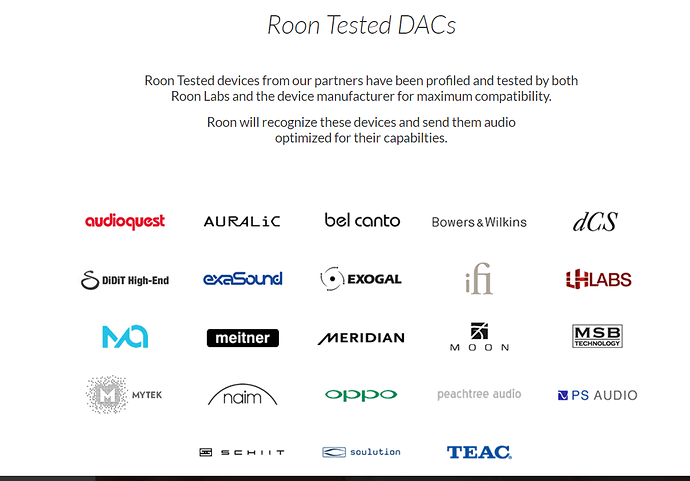The dCS and Cocktail units use external boxes. That is not remotely anything like a credit card sized board built right into the DAC serving the role. And there’s no high resolution DSD 256 support either. Believe me I’m open to learning, but I need to be informed of something I don’t already know for this to happen.
I understand I2S is the final language all PCM DAC’s use regardless of interface technology. But lets not try to mislead folks by using this to tip toe around what both you and I know I’m referring to, A board with Ethernet input, and I2S output. A direct competitor to the Zman.
Nothing I have posted so far is false information. Other than not knowing the amount of DAC’s using these boards yet. Claiming 95% of the partners was a false claim. I’ll admit that. Which is why I’m seeking further information. So far you added 1 to the list with the Krell Vanguard. Still waiting for more.
“Ultimately that leads to people making purchase decisions based on false information and that does a disservice to everyone”
Great example here:
“Every product listed on the Roon Ready partner list is either using one of the Stream or Comverse cards or has implemented a proprietary solution”



